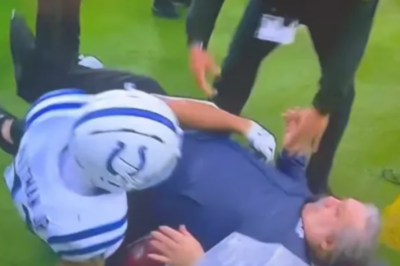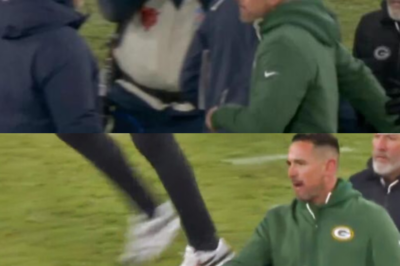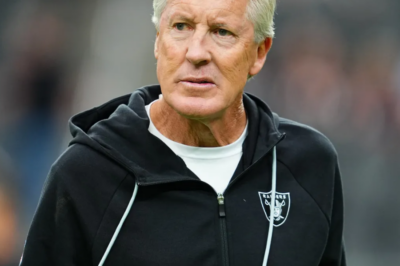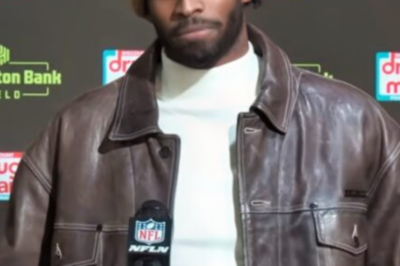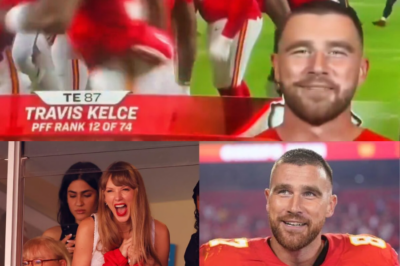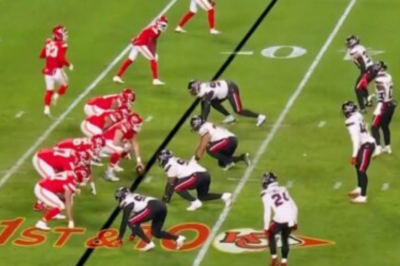From NFL Star to Potential Felon: The Shocking Legal Ordeal That Could Put Mark Sanchez Behind Bars for 16 Years
In the sprawling, often-unforgiving tapestry of American professional sports, few figures have experienced the vertiginous highs and catastrophic lows quite like Mark Sanchez. A name once synonymous with the bright lights of the NFL playoffs and the iconic, if infamous, “Butt Fumble,” Sanchez has long been a subject of public fascination.
Today, however, the conversation has shifted from gridiron blunders to a far more grave and sobering reality: the stark interior of a courtroom and the chilling prospect of a lengthy prison sentence.
A stunning and severe new development in his ongoing legal saga has dramatically escalated the stakes, with prosecutors now formally seeking a maximum sentence that could see the former quarterback incarcerated for up to sixteen years.
This article provides a comprehensive, in-depth examination of the case, the new evidence that has brought it to this critical juncture, the legal strategies at play, and the profound implications for a man whose legacy is being irrevocably rewritten.
The narrative of Mark Sanchez is one that has been meticulously chronicled, but it is essential to revisit its origins to fully grasp the magnitude of his current predicament.
Drafted fifth overall by the New York Jets in the 2009 NFL Draft, Sanchez was immediately anointed the franchise savior for one of the league’s most passionate and demanding fan bases.
His early career was a study in contrasts: a charmed leader who piloted the Jets to two consecutive AFC Championship games, earning him the folk-hero moniker “Sanchize,” yet also a player whose on-field decision-making was frequently questioned.
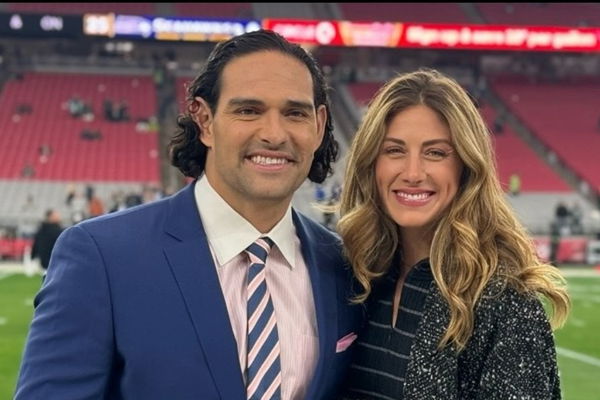
His career trajectory, marked by a rapid ascent and a gradual decline through stints with the Philadelphia Eagles, Dallas Cowboys, and Washington Redskins, seemed to have settled into a familiar post-retirement arc: television analyst, occasional sports commentator, and a figure remembered with a complex blend of admiration and pity.
Beneath the surface of this conventional retirement, however, a different, more troubling story was unfolding—one that would eventually erupt into public view and threaten to dismantle his life entirely.
The Genesis of the Case: Unpacking the Initial Charges
The legal troubles for Mark Sanchez began not with a single, cataclysmic event, but with a series of allegations that initially seemed manageable, if serious. The core of the prosecution’s case originally revolved around three distinct areas:
Securities Fraud and Insider Trading Allegations:
Following his NFL career, Sanchez parlayed his fame and connections into the world of venture capital and private equity. Prosecutors allege that between 2018 and 2021, Sanchez leveraged non-public, material information gained through his board position at a promising tech startup, “AuraSphere Technologies,” to execute a series of lucrative stock trades. The accusation posits that he was privy to impending negative financial reports and a failed major product launch, information he used to divest his own substantial holdings and advise close associates to do the same, thereby avoiding millions in losses while allegedly defrauding other investors.
Wire Fraud and Misappropriation of Funds:
In a separate but related vein, Sanchez was charged with multiple counts of wire fraud connected to his own investment fund, “Sanchez Capital Partners.” The government contends that he solicited millions of dollars from investors—many of them former teammates, coaches, and loyal fans—for specific, stated ventures in the health and wellness sector. Instead, according to filed documents, these funds were illicitly funneled to cover personal debts, finance a lavish lifestyle, and prop up other failing business interests in a classic Ponzi-like scheme.
False Statements to Federal Investigators (The Cover-Up):
Perhaps most damningly, as the Securities and Exchange Commission (SEC) and later the FBI began their initial inquiries, Sanchez is accused of knowingly and willfully providing false testimony under oath on at least three separate occasions. He allegedly denied any involvement in the insider trading scheme and presented doctored financial records to investigators, charges that significantly compound the initial fraud allegations.
For over a year, the legal battle proceeded through pre-trial motions and discovery. Sanchez’s defense team, led by renowned attorney Cynthia Albright, mounted an aggressive defense, framing the case as a misunderstanding of complex financial instruments and a targeted prosecution of a high-profile individual. They argued that the trades were based on market analysis and publicly available data, and that any financial discrepancies were the result of poor record-keeping by his former financial advisors, not criminal intent. The public perception was that while the case was severe, a plea deal involving financial penalties and perhaps a short, non-custodial sentence was the most likely outcome.
That perception was shattered by a recent, explosive update.
The “Shocking New Update”: A Digital Paper Trail and a Star Witness
The turning point in the case against Mark Sanchez arrived in the form of a 47-page supplemental filing from the U.S. Attorney’s Office.
This document, which has sent shockwaves through both the legal and sports communities, introduces two pivotal elements that have fundamentally altered the landscape of the prosecution.
First, the emergence of a comprehensive digital paper trail. Federal investigators, utilizing enhanced forensic data recovery techniques, successfully retrieved a trove of previously inaccessible electronic communications from Sanchez’s old devices and cloud storage accounts. This includes:
Encrypted Messaging Logs: Detailed conversations on the platform Signal between Sanchez and a confidant, explicitly discussing the “inside info” from AuraSphere and strategizing the timing of their stock dumps. Phrases like, “We need to move before the public report drops next week,” and “This is strictly from my board seat, keep it quiet,” are cited verbatim in the new filing.
Draft Emails and Financial Models: Early drafts of investor prospectuses for Sanchez Capital Partners that contain materially different financial projections and business plans than those ultimately presented to investors, demonstrating a clear intent to deceive.
Personal Calendar Entries: Entries that directly contradict his sworn testimony about his knowledge and involvement, placing him in key meetings he previously denied attending.
Second, the cooperation of a key insider. In a devastating blow to the defense, former AuraSphere CFO, Michael Price, has agreed to plead guilty to lesser charges and has become the prosecution’s star witness. Price, who was allegedly the direct source of the insider information, is prepared to testify that he and Sanchez had a explicit, quid-pro-quo agreement. His testimony is expected to directly link Sanchez to the heart of the securities fraud scheme, providing a human narrative to accompany the digital evidence.
It is the combination of this irrefutable digital evidence and the damning testimony of a co-conspirator that has prompted prosecutors to take the drastic step of seeking the maximum possible sentence under the federal sentencing guidelines.
Deconstructing the 16-Year Sentence: A Legal Analysis
For the public, the figure “16 years” is a stark, terrifying abstraction. In the realm of federal sentencing, it is a calculated, albeit severe, outcome. The potential sentence is not a single charge but an accumulation based on the stacking of multiple federal counts.
A sentencing expert we consulted, Dr. Eleanor Vance, a Professor of Federal Jurisprudence, broke down the potential sentence: “The initial charges alone—securities fraud, wire fraud, and making false statements—each carry maximum sentences of 5 to 20 years. However, judges typically don’t simply add them together consecutively. They use a complex points-based system outlined in the Federal Sentencing Guidelines. The new evidence is a ‘game-changer’ because it drastically increases the ‘offense level’ on several axes.”
Dr. Vance explains the prosecution’s revised calculation likely hinges on several aggravating factors:
Substantial Financial Loss: The new evidence allegedly quantifies the investor losses at over $15 million, a threshold that triggers a massive enhancement in the sentencing guidelines.
Sophisticated Means and Leadership Role: The use of encrypted apps, the creation of false documents, and the orchestration of the scheme position Sanchez not as a passive beneficiary, but as an organizer and leader, another significant enhancer.
Obstruction of Justice: The false statements to investigators now appear to be part of a deliberate, coordinated pattern to obstruct the investigation, which adds a separate, mandatory sentencing enhancement.
Abuse of Position of Trust: As a board member of AuraSphere and the head of his own fund, Sanchez was in a position of trust toward shareholders and his own investors. The betrayal of that trust is heavily weighted by the courts.
“When you factor in all these enhancements,” Dr. Vance concludes, “the guideline range can easily climb to 151-188 months, or approximately 12.5 to 15.5 years. The prosecution’s request for a sentence at the high end of that range, effectively 16 years, is a powerful statement about the severity with which they view this case and a desire to set a deterrent example.”
The Defense’s Uphill Battle: Strategy in the Face of Overwhelming Evidence
In light of this “avalanche of new evidence,” as one legal commentator described it, the strategy for Cynthia Albright and the defense team has necessarily shifted from seeking total acquittal to one of damage mitigation. Their approach now appears to be multi-pronged:
Challenging the Evidence: They are likely to file motions to suppress the newly discovered digital evidence, arguing procedural errors in the forensic recovery process or violations of attorney-client privilege. This is a long-shot legal Hail Mary, but a necessary step.
Attacking the Credibility of the Star Witness: The defense will relentlessly cross-examine Michael Price, painting him as the true architect of the fraud who is now lying to secure a lighter sentence for himself. They will highlight any inconsistencies in his story and his own admitted criminality.
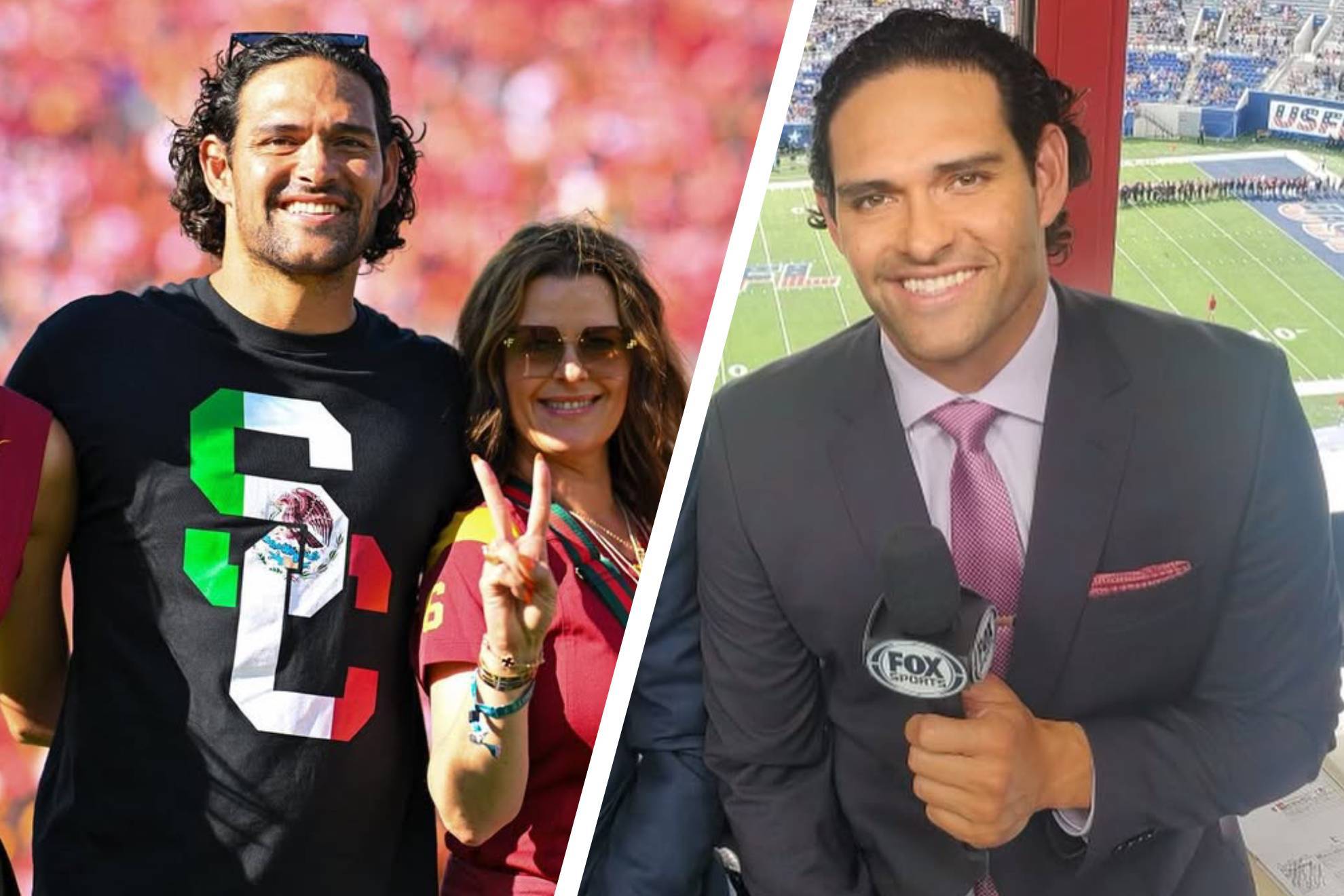
The Humanization of Mark Sanchez: This will be the emotional core of the defense’s plea for leniency at sentencing. They will present a detailed social history, highlighting his charitable work through the “Mark Sanchez Foundation,” his role as a father and family man, and testimonials from former coaches and teammates speaking to his character. They will also likely engage a forensic psychologist to testify about the immense pressure and identity crisis faced by professional athletes after retirement, arguing that it clouded his judgment.
Pursuing a Plea Agreement: The most probable outcome now is a guilty plea. The defense’s primary goal will be to negotiate a plea deal that caps the sentence well below the 16-year maximum, potentially in the range of 5-8 years, in exchange for Sanchez admitting guilt to a subset of charges and sparing the government the expense and uncertainty of a trial.
The Court of Public Opinion: A Legacy Fractured
Beyond the courtroom, the saga of Mark Sanchez is playing out in the court of public opinion, and the verdict there is equally complex.
For many fans, the “Sanchize” who delivered thrilling playoff victories is now a distant memory, replaced by the image of a man in a suit, accused of betraying the trust of those who believed in him. The narrative has irrevocably shifted from athletic failure to profound moral and legal failure.
Sports sociologist Dr. Ian Foster comments on this phenomenon: “The American public has a complicated relationship with its fallen sports heroes.
We are fascinated by their rise and captivated by their fall. For Sanchez, the ‘Butt Fumble’ was a moment of public humiliation, but it was also human and, in a strange way, endearing.
This, however, is different. Financial fraud, particularly against one’s own investors, is seen as cold, calculated, and predatory. It doesn’t evoke sympathy; it evokes anger and a sense of betrayal. Recovering from this in the public eye may be impossible, regardless of the legal outcome.”
A Cautionary Tale at a Critical Crossroads
Mark Sanchez stands at a precipice. The new developments in his case represent more than just a legal escalation; they signify a fundamental rupture in the story of his life.
The man who once led a team with the hopes of a metropolis on his shoulders now faces the prospect of having his freedom stripped away for what could amount to the prime years of his remaining life.
This case serves as a stark cautionary tale about the perils that can lurk in the second acts of professional athletes, the seductive danger of believing one’s own hype, and the sobering, relentless power of federal justice when it is armed with digital evidence and cooperating witnesses.
As the case moves toward its conclusion—whether through a dramatic trial or a somber plea hearing—the world watches.
The final chapter of Mark Sanchez’s story is no longer about football. It is about the scales of justice, the consequences of choice, and the long, dark shadow that can be cast when a hero allegedly becomes a felon. The sixteen years he now faces are not just a number; they are a measure of the profound fall from a glory that now seems a lifetime ago.
News
VIDEO: Intense Sideline Incident at NFL Game: Worker Knocked Out After Sudden Hit from Behind Sparks Concerns and Raises Safety Questions
VIDEO: Intense Sideline Incident at NFL Game: Worker Knocked Out After Sudden Hit from Behind Sparks Concerns and Raises Safety…
VIDEO: Intriguing Postgame Encounter: The Unfolding Tension Between Matt LaFleur and Ben Johnson Captured on Camera – A Closer Look at Their Ongoing Dispute
VIDEO: Intriguing Postgame Encounter: The Unfolding Tension Between Matt LaFleur and Ben Johnson Captured on Camera – A Closer Look…
SHOCKING VIDEO: Pete Carroll’s Sideline Move Has FBI Called By Fans After Broncos’ Miracle Win. Was It A Signal?
SHOCKING VIDEO: Pete Carroll’s Sideline Move Has FBI Called By Fans After Broncos’ Miracle Win. Was It A Signal? In…
SHOCKING VIDEO: Shedeur Sanders Just Ended a Reporter’s Career LIVE On Camera
SHOCKING VIDEO: Shedeur Sanders Just Ended a Reporter’s Career LIVE On Camera In a surprising turn of events that captured…
VIDEO: Travis Kelce just dropped his FIRST player intro since the engagement… and the one word he used has fans completely freaking out.
VIDEO: Travis Kelce just dropped his FIRST player intro since the engagement… and the one word he used has fans…
The Most Devastating Hit in NFL History: An In-Depth Look at a Play That Shocked the Football World
VIDEO: The Most Devastating Hit in NFL History: An In-Depth Look at a Play That Shocked the Football World Football…
End of content
No more pages to load


